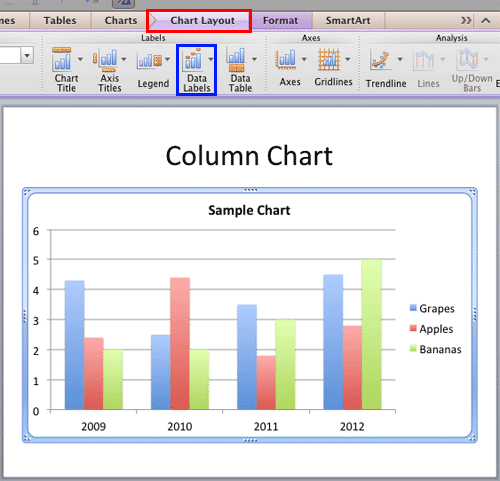

Select the Input Y Range as the number of masks sold and Input X Range as COVID cases. In Excel, we use regression analysis to estimate the relationships between two or more variables.Ĭonsider the following data where we have several COVID cases and masks sold in a particular month. Select the input and output range and click OK.Select Anova: Single Factor and click OK.

To implement the single factor ANOVA, follow the steps. Select the range from where you want to display the output.ĪNOVA ( Analysis of variance ) in Excel is a statistical method that is used to test the difference between two or more means.īelow you can find the scores of three batsmen for their last 8 matches.Select Descriptive Statistics and click OK.Go to the Data tab > Analysis group > Data analysis.To generate the descriptive analysis, follow the steps mentioned below. Suppose we have a score of a batsman of his last 10 matches. On the Data tab, in the Analysis group, you can now click on Data Analysis.ĭescriptive statistics are one of the fundamental ‘must know’ information of any data set.Check Analysis ToolPak and click on OK.Select Analysis ToolPak and click on the Go button.Click the File tab, click Options, and then click the Add-Ins category.Your data model will change according to the conditions. To Change the variable cell, select the C3, C4, and C8 cells.In the set objective, select the income cell and set it’s value to $3000.On the Data tab, in the Analysis group, click the Solver button.

Goal: Calculate the units to be sold and price per unit to achieve the target.įor example, we have created the following model: Problem: Suppose you are the owner of a business and you want your income to be $3000. In this example, we will try to find the solution for a simple optimization problem. In the Data tab, in the Analyze group, you can see the Solver option is added.Go to Add-ins, select Solver Add-in, and click on the Go button.This thereby helps in producing the desired result for the objective cell. Solver also adjusts the decision variable cells' values to work on the limits on constraint cells. Solver works with a group of cells, called decision variables or simply variable cells, used in computing the formulas in the objective and constraint cells. This is subject to some constraints, or limits, on the values of other formula cells on a worksheet. You can use this feature to find an optimal (maximum or minimum) value for a formula in one cell, which is known as the objective cell. Perfect for what-if analysis, a solver is a Microsoft Excel add-in program that is helpful on many levels. You can use several different sets of values in one or multiple formulas to explore all the different results. What-If Analysis is the process of changing the values to try out different values (scenarios) for formulas. To get the total items bought by each buyer, drag the following fields to the following areas. Then, it will create a pivot table worksheet. It will also create a new worksheet for your pivot table. On the Insert tab, in the Tables group, click PivotTable.Ī dialog box will appear.To insert a pivot table in your sheet, follow the steps mentioned below: This data is perfect to understand the pivot table. The sample data that we are going to use contains 41 records with 5 fields of information on the buyer information. It helps take an extremely large data set and see the relevant data you need in a crisp, easy, and manageable way. They organize and rearrange statistics (or "pivot") to bring crucial and valuable facts to attention. We use them in summarizing the data stored in a table. Pivot tables are known for being the most purposeful and powerful feature in Excel. Let’s use the SUMIF function to calculate the cells based on numbers that meet the criteria. The Excel SUMIF function returns the sum of cells that meet a single condition. Let’s get the count of items that are over 100. You can now filter according to your needs.ĬOUNTIF is a very commonly used Excel function used for counting cells in a range that satisfy a single condition.



 0 kommentar(er)
0 kommentar(er)
